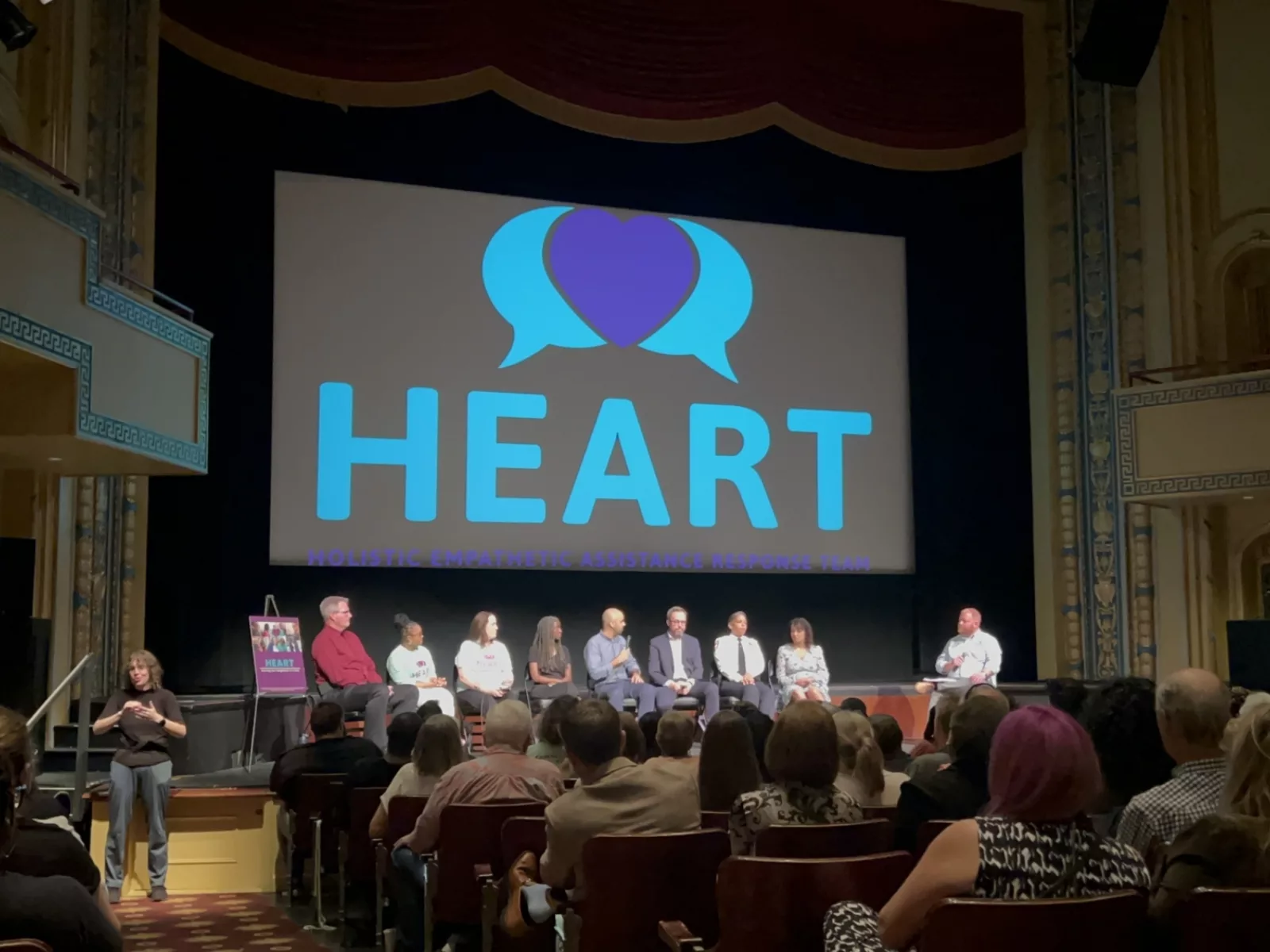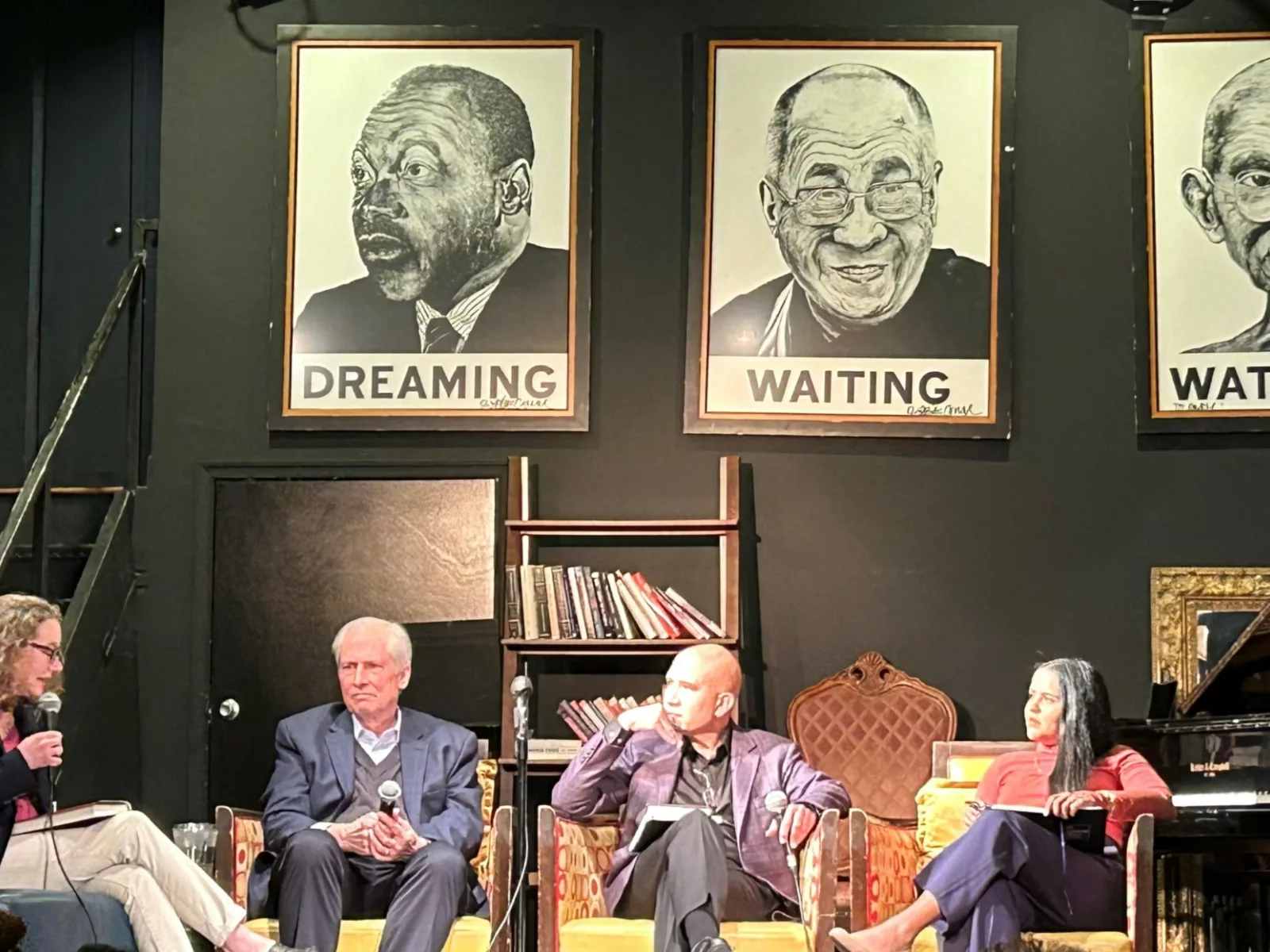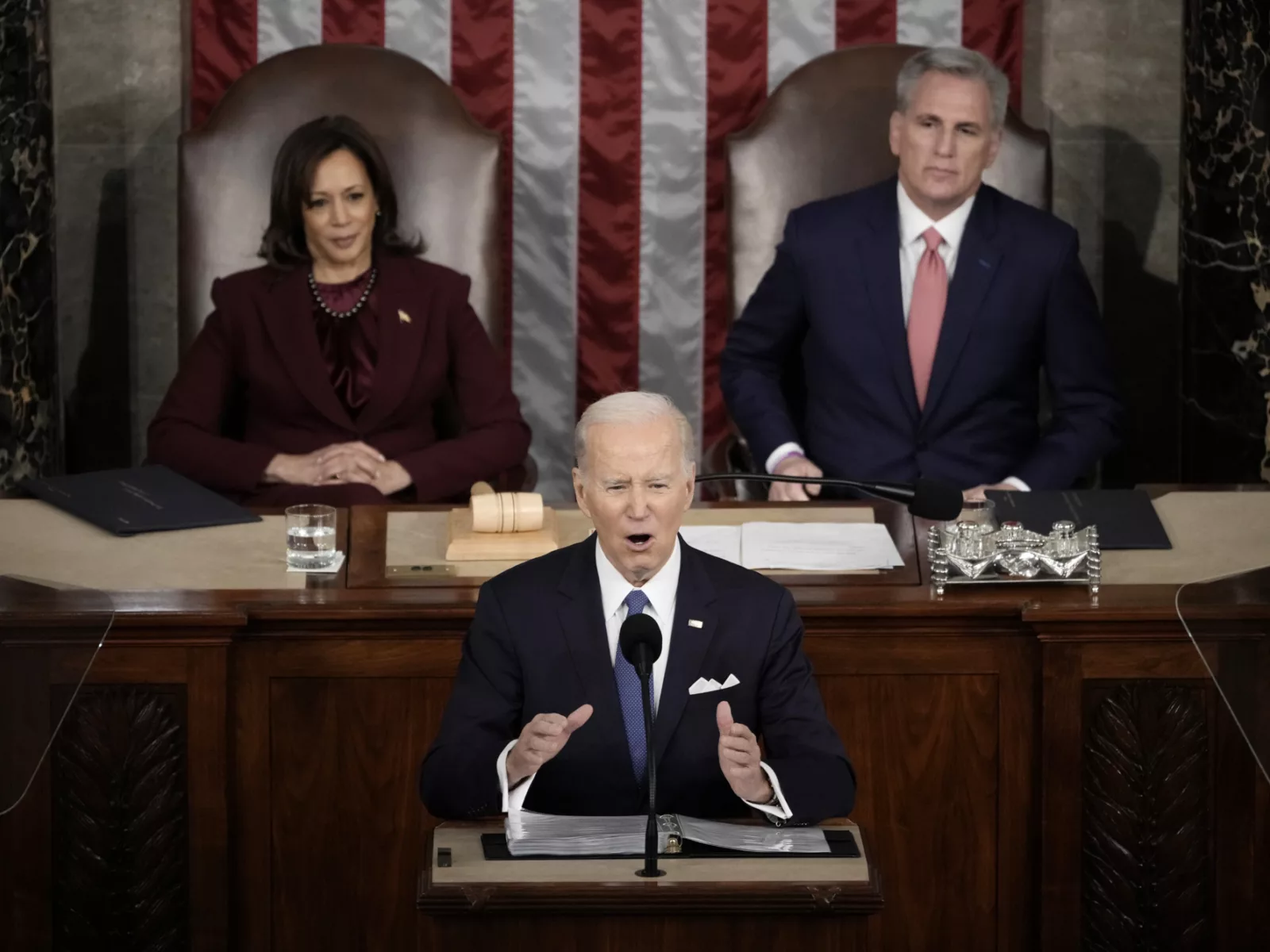This piece was originally posted on Urban Wire, the blog of the Urban Institute.
Trina lost her home in rural Virginia when she left an abusive relationship. After also losing her car and her job, she began living outside. She and a new partner were staying in a field one day when they found police confiscating their belongings, including their sleeping bag, clothes, Trina’s diabetic meter, and her art supplies. The police told them to move along, or else they’d be cited for trespassing.
“You have to keep moving.…They call the police on you because you’re loitering,” Trina said in a phone interview.
COVID-19 has made it even more difficult for Trina to find somewhere to go. She recently tried finding a place at a shelter and working with a housing support service, but neither had capacity to help her find housing.
In communities that lack adequate safe emergency shelter or affordable housing, people who are unhoused have few options other than living in public spaces. But they are often denied this last resort when other residents call the police or a city enforces ordinances making sleeping outside illegal.
When they won’t let you stay anywhere, there is nowhere for you to be.Trina A woman experiencing homelessness in rural Virginia
When police respond to homelessness, they frequently issue move-along orders or arrests and citations for sleeping or camping. This criminalization of living outside leads to a homelessness-jail cycle, which does nothing to improve the lives of people without homes or the broader community. Encampment sweeps can also traumatize people living there and interrupt their efforts to build stability.
A more effective long-term solution to homelessness is providing access to housing through a Housing First approach. Depending on a person’s needs, that could be rapid re-housing, which offers short- and medium-term support, or permanent supportive housing, which delivers services and an ongoing subsidy. But while access to housing is being expanded, communities can take a more inclusive approach to supporting people living unsheltered and improve everyone’s quality of life through three key strategies.
1. Make public space work for all community members
Living outside requires carrying out aspects of daily life in public that people with housing can do in private. Without a safe place to sleep, shower, and store her insulin, Trina has had trouble maintaining employment. She said a designated camp that offers access to hygiene and cooking facilities would help.
But encampments are frequently met with public complaints, which are significant drivers of police responses to homelessness. In San Francisco last year, 90 percent of interactions between police and homelessness started with a public complaint. And in some communities, residents are responding with violence and harassment to the increasing number of people experiencing homelessness.
Local leaders can help mitigate these conflicts and balance the needs of everyone who uses public spaces like parks, libraries, sidewalks, and streets. This approach, called inclusive public space management, aims to ensure people who are unsheltered have safe and equitable access to public spaces and manages conflict between all people using an area.
Homeless population in Santa Barbara County, Calif., who live in cars
In Santa Barbara County, California, 27 percent of the homeless population lives in cars, but overnight street parking is against the law. The Safe Parking Program created a way to accommodate these needs using parking lots that are often empty at night, making space for 133 cars (PDF). The program serves more people than any year-round shelter in the county and prevents tickets and other police action. It also connects people to rapid re-housing programs and other services.
Community leaders can also make improvements to public spaces so people who are living outside have access to public restrooms, showers, drinking water, safe needle disposal, and other hygiene resources — which are especially important for those who are unsheltered during the pandemic.
2. Educate the public about causes of and better ways to address homelessness
Policymakers can educate the public on the causes of increasing homelessness, build public support for more investment in evidence-based solutions, and provide alternate, supportive reporting mechanisms.
Barbara Poppe, former Executive Director of the United States Interagency Council on Homelessness, and Stephen Metraux, Associate Professor at the Biden School of Public Policy & Administration at the University of Delaware, examined nine cities and regions in their management of public space. They found policymakers often struggled with delivering effective communication (PDF) about homelessness to counter public calls for more punitive approaches.
People who live unsheltered on a given night in Portland, Ore.
Portland, Ore., where 2,000 people live unsheltered on a given night, takes a comprehensive approach to reducing homelessness. The Multnomah County Sheriff’s Office Homeless Outreach and Programs Engagement Team connects people in encampments with services and educates the public on causes of homelessness and law enforcement’s role. Since the team was organized, the county has seen a decline in reports about encampments (PDF).
The Portland region also launched public campaigns for investments in housing. In 2018, voters approved bond issues for supportive and affordable housing, and net proceeds from the sale of a Multnomah County jail facility were earmarked for permanent supportive housing in 2017.
3. Create alternate ways to report concerns about homelessness that don’t involve police
As the nation reexamines the role of law enforcement in communities after continued incidents of police violence against Black Americans, some people are trying to prevent calls to police that can cause more harm than good. But in most cities, there is no one else to call besides the police to report concerns about people living outside. Communities can build alternate ways for the public to report concerns — without involving police — and deploy services like outreach and sanitation.
In Syracuse, New York (PDF), the police department does not make arrests or respond to calls related to homelessness. Instead, community members or law enforcement officials call a 211 number that coordinates outreach and other services with the local homelessness assistance system. And in Eugene, Oregon, the Crisis Assistance Helping Out On The Streets program uses a 911 system for reporting homelessness but dispatches medics and mental health crisis workers instead of police officers.
Building public support for a more inclusive community
Developing public engagement and support for inclusive public space management approaches can help counter the idea that punitive responses can end homelessness, which is not rooted in evidence, and it can help communities move toward long-term, proven solutions to homelessness.
“The public is seeing more and more people who are visibly homeless,” Poppe said. “Arrest is not a solution. Using inclusive public space management practices protects everyone until a housing solution is available.”
We would like to thank Mark Horvath, founder of Invisible People, for his help with this blog post.





















